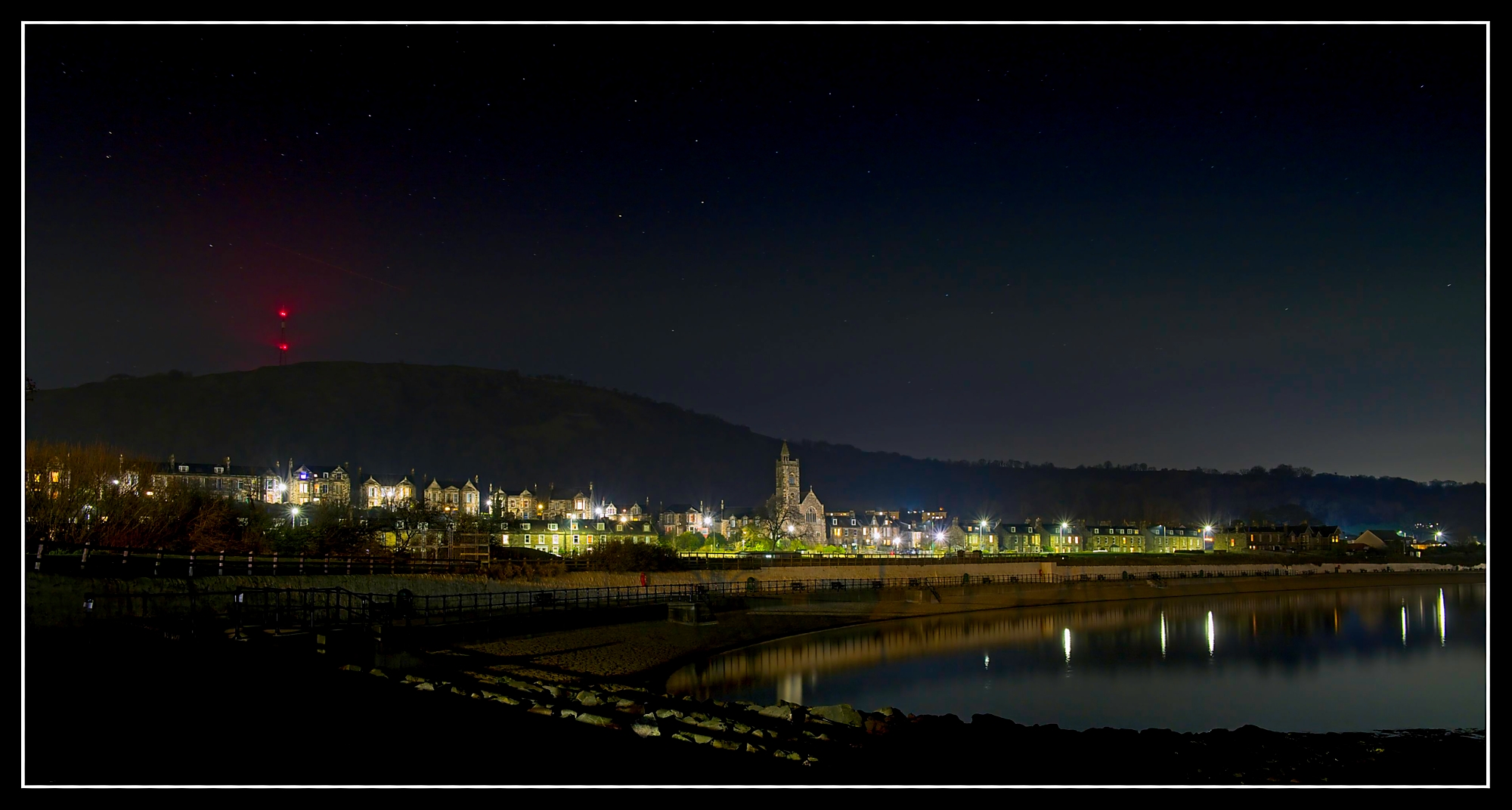JTC
PFM Villager...
Hey all, I've been having some fun doing some night shots using a tripod and longer exposures.
I'm just keen to get any tips on the best ways to nail the exposure, especially when an image has huge contrast (i.e. bright lights and lots of almost blackness). I find that measured exposures can be all over the place, and keen to get tips on how to nail such exposures. I took some last night, and found that oftentimes the camera would blow those lights way out for a given exposure.
I'm also keen to dig a bit into how best to expose for stars; my 30s+ exposures are long enough to result in short star trails (not by much but enough to spoil things) so is it better to increase the ISO to reduce the exposure and deal with increased noise later, or try to do a composite of two images?
Final question is more one of approach: for those that shoot night shots, do you aim to reproduce how you perceived the scene through your own eyes, or do you look to artificially increase (or decrease) the light for the best overall aesthetic impact?
I'm just keen to get any tips on the best ways to nail the exposure, especially when an image has huge contrast (i.e. bright lights and lots of almost blackness). I find that measured exposures can be all over the place, and keen to get tips on how to nail such exposures. I took some last night, and found that oftentimes the camera would blow those lights way out for a given exposure.
I'm also keen to dig a bit into how best to expose for stars; my 30s+ exposures are long enough to result in short star trails (not by much but enough to spoil things) so is it better to increase the ISO to reduce the exposure and deal with increased noise later, or try to do a composite of two images?
Final question is more one of approach: for those that shoot night shots, do you aim to reproduce how you perceived the scene through your own eyes, or do you look to artificially increase (or decrease) the light for the best overall aesthetic impact?



